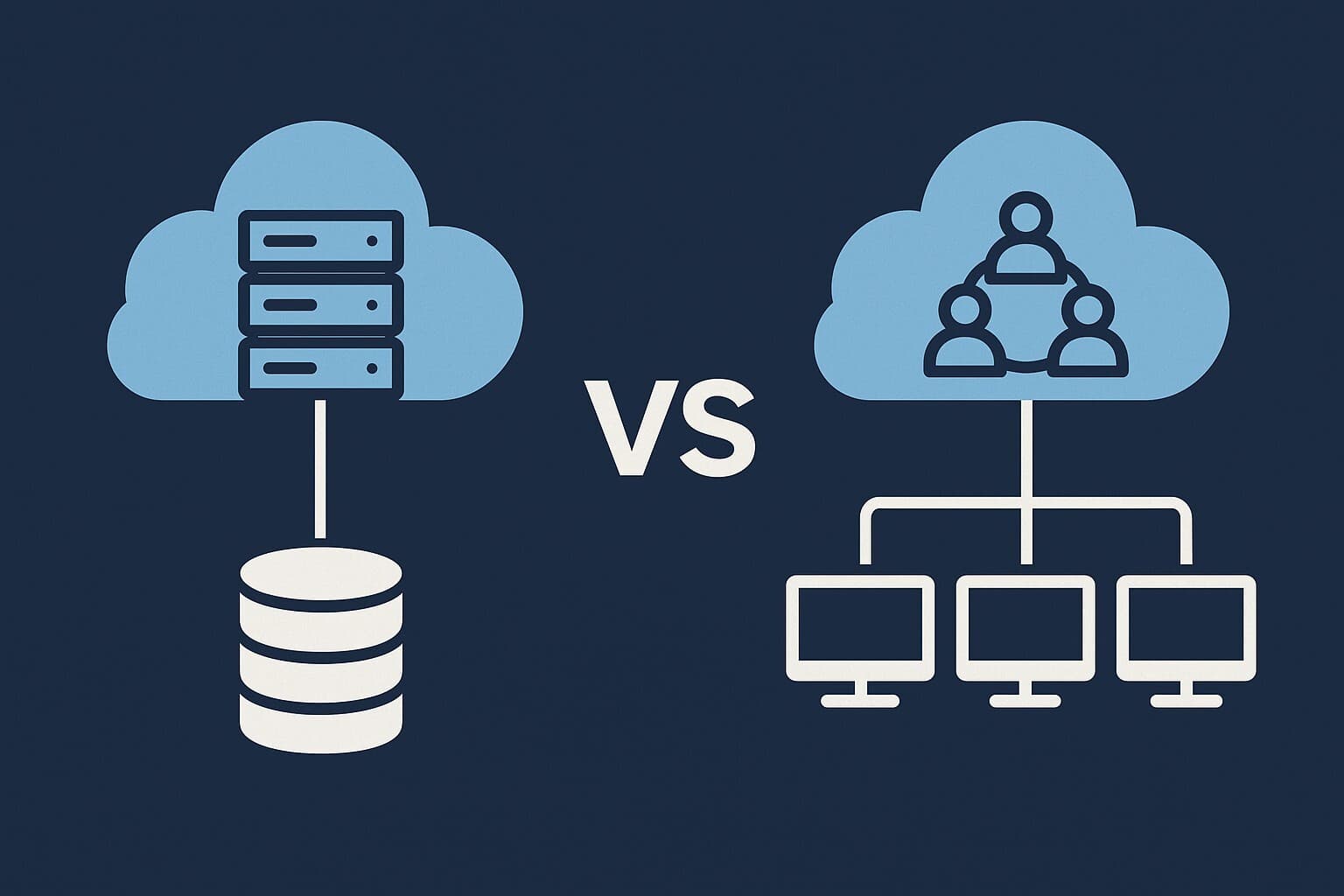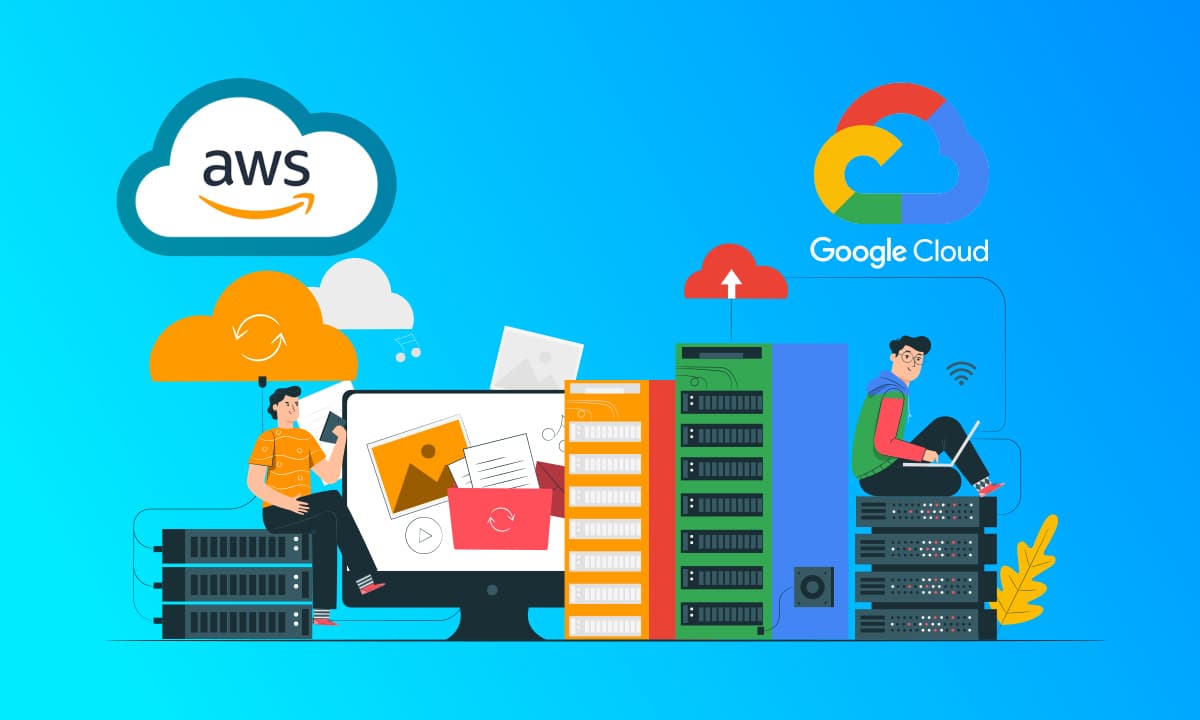AWS Migration
By: Bryan Reynolds | 28 April, 2025

This article analyzes the comparative benefits of private versus public cloud solutions for mid-market companies, focusing on cost-effectiveness, security, and speed. Research shows that private clouds are often more cost-effective for companies with steady, large workloads, offering significant long-term savings, enhanced data security, and superior performance for mission-critical applications. Public clouds, by contrast, provide better flexibility and scalability for smaller or variable workloads but can become costly at scale. Mid-market companies must weigh their workload patterns, security needs, and growth strategies to determine the best fit, with hybrid models offering an effective compromise.
Read MoreBy: Katarina Rudela | 16 December, 2022

Cloud computing provides a number of advantages, including cost reduction, scalability and security. However, the decisions needed to make this transition continue to become more complex as additional providers enter this sector. Emerging technologies also increase the combinations of components that may comprise a cloud infrastructure. Like other industries, a few companies like Amazon Web Services (AWS) and Google Cloud Platform (GCP) have risen to the top and remained there over time.
Read MoreBy: Katarina Rudela | 25 October, 2022

Data migration is often a process full of complexities and hassles. In order to help you migrate your organization's data to the cloud in the most efficient and secure way possible, we'll take a look at the data migration strategies and tools that you will want to employ as well as the data migration risks that need to be mitigated. Check out our latest blog to learn more about the strategies, tools, and risks you need to be aware of heading into your next data migration project.
Read MoreBy: Katarina Rudela | 16 December, 2021

Are you using Amazon Web Services for your company's digital assets? If you are, it's important that you consider what kind of certifications you, your employees or your contractors have when interacting with those services. Discover how an AWS certification can make a huge difference in your company's bottom line.
Read MoreBy: Bryan Reynolds | 30 April, 2020

Amazon Web Services (AWS) is an on-demand cloud computing platform with customers that include organizations, individuals and governments. It consists of many services that collectively provide the tools and building blocks users need to develop their cloud infrastructure. Amazon Elastic Compute Cloud (EC2) is one of the most essential AWS services, since it provides users with computer resources via a cluster of virtual machines (VMs). These resources include central processing units (CPUs), storage, memory and networking capability. AWS VMs also include a choice of operating systems (OSs) and preloaded application software.
Read MoreBy: Bryan Reynolds | 25 April, 2020

Cloud platforms typically provide users with access to virtual machines (VMs), rather than physical servers. This architecture allows the platform to quickly allocate computer resources such as storage, memory, and processing capability based on demand. Amazon Web Services (AWS) offers a particularly large number of ways for users to configuring scaling on their platform, allowing them to find the best balance between cost and available resources. The scaling options available on AWS make it advisable for users to first develop an overall strategy before configuring their environment.
Read MoreBy: Bryan Reynolds | 14 April, 2020

The defining characteristic of cloud computing is the allocation of computing resources on-demand without direct management by the user. Data storage and computing power are the common resources allocated in cloud computing, although it can distribute any such resources to its users. The most common implementation of cloud computing is a data center that distributes resources to many users over the internet. The large platforms that now dominate the cloud-computing landscape typically have multiple servers that are geographically separated. In cases where the distance between the server and users is relatively small, the architecture may also be known as edge computing.
Read MoreBy: Bryan Reynolds | 24 February, 2020

Amazon Web Services (AWS) is a subsidiary of Amazon that provides cloud-computing services and application programming interfaces for its users. AWS offers its services on-demand, meaning that users only pay for the services they use. While the pricing of all AWS services is usage-based, each service may usage in its own way.
Read More

